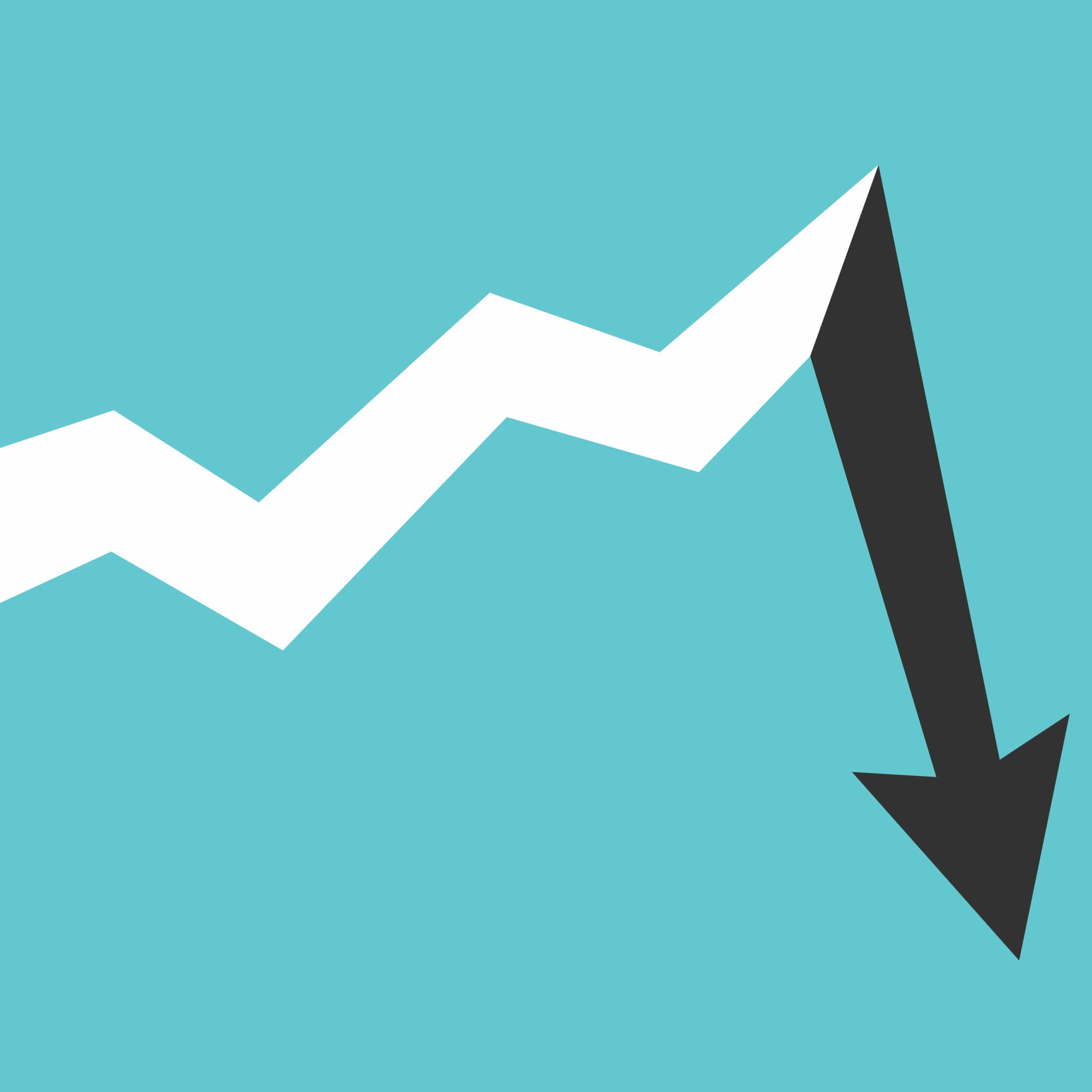Secondary markets are known for opaque pricing and close networks. Is the advance of data and technology about to change all that in private equity’s growing GP-led space?
Recently established fintech platforms are broadening access to illiquid private equity funds and in some cases building digital secondary markets where high-net-worth investors can find potential buyers long before underlying funds would liquidate.
Service providers, such as Nasdaq who are currently providing a platform called Nasdaq Fund Secondaries which provides GPs with a centralised model to faciliate their transactions for investors, are changing the secondary space in an effort to streamline transactions between GPs and LPs.
Alex Bozoglou at fund platform TitanBay describes his company’s approach as a “hybrid model combining institutional liquidity with broader investor participation providing faster transaction speed and appropriate market pricing across a wide range of ticket sizes”.
Neuberger Berman and Blackrock are two examples of large private equity firms that have partnered or invested in such fintech companies to access or better understand their growing investor client base.
But while technology has taken certain parts of the private markets by storm, traditional GP-led secondary transactions are still known for relying more on in-person relationships, with data and analytics supporting rather than leading the deal-making process and opportunities for technology-based platforms to disrupt origination and valuation appear less obvious.
“People are succeeding by having relationships, more formal coverage and having a track record of getting deals done,” says one investment bank adviser.
These relationships remain at the core of GP-led transactions as they have done for years.
“Going back to the early 2000s, there were discussions around technology platforms becoming a part of the secondary markets, and it’s gone through various iterations since then. However, I don’t think it’s really taken hold because this continues to be a relationships-driven business,” says an investment adviser in this space.
The same person doubts that much will change with regards to how technology is used in the market, notably because GPs will always want control over the information.
Currently, the more well-known buy-side and digital technologies such as Preqin and Pitchbook are helping support investors, but other, more nascent technology “isn’t really moving the dial”, according to law firm Goodwin.
For many on the buy-side, particularly when it comes to price discovery and valuation, working in an opaque market without open-access data points offers a potential competitive advantage.
“Private markets are private by nature,” says HarbourVest managing director Jeffrey Keay. “Fund level and particularly company level information that goes into pricing secondary opportunities falls under strict confidentiality restrictions, as GPs want to ensure that sensitive data related to their portfolio companies and LPs is protected.”
How such information is shared among GPs and their LPs would be key to any technology or analytics platform being successful in the market.
“GPs also want a say with respect to which organisations acquire interests in their funds, just like they do when they initially raise a new fund. These characteristics will likely slow the widespread adoption of tech-enabled secondary trading platforms in the near to medium term,” notes Keay.
All this is not to say that advisers in the GP-led secondaries space don’t see a potential for growth and evolution.
“Tech and data are going to be huge drivers of how different players across the secondary market will achieve success,” says Keay, “especially in terms of your ability to take advantage of the data different players have in-house to evaluate opportunities.”
Leveraging data
The GP-led secondary market is characterised by a relatively small set of lead buyers and secondary funds, many of which have decades worth of pricing and sector experience. But in a fast-moving and volatile market, can historic information of fund maturity, asset prices or GPs be better used to build a platform to support origination and valuation?
“It’s at the top of everyone’s mind; how can we best leverage technology to make better decisions? We put a lot of emphasis on technology to capitalise on the wealth of information that we have from portfolio companies. This information, in turn, allows us to enhance our investment decision-making. That said, success comes from spotting the underlying value, which will continue to be driven primarily by human investment judgement,” says AlpInvest secondary investments partner Neal Costello.
One example is New York-based service provider Chronograph which has stepped up in data accumulation, providing a platform which claims to synthesise and configure it into a more useful format.
Many GPs are looking to centralise their data to make the best decisions and predictions, such as knowing when an asset or assets are ripe for a continuation fund.
“If you can mobilise and organise your data in certain ways, I think [such a] platform gives you an advantage over a larger, more aggressive fund,” says a leading buyside investor in the GP-led market. “We don’t have the same culture, but we should have an information advantage if we play that to our advantage in this sector.”
Current challenges lie in data gaps, data sharing and sensitivity and a lack of normalised data to develop machine learning.
It’s clear that tech has not yet fully penetrated the GP-led secondaries space, but with assets remaining in the hands of GPs for longer, there will be increasingly more data to leverage, for whatever purpose.
“These continuation funds are going to create a more robust information set out there amongst GPs, because of these longer holding periods,” says Nash Waterman at Morgan Stanley Investment Management. “With regard to their investments, and I think, to set their systems that are collecting this data, it will create more robust information across the market over time that could be aggregated fairly easily and that’s where the impact will be.”
As the GP-led secondary market grows and evolves, the current generation of private equity fintech platforms and service providers will be waiting for this moment, and the impact that will follow.
Read the rest of the Private Equity Wire Insight Report: Holding On: How volatility will drive GP-led secondaries in 2022






